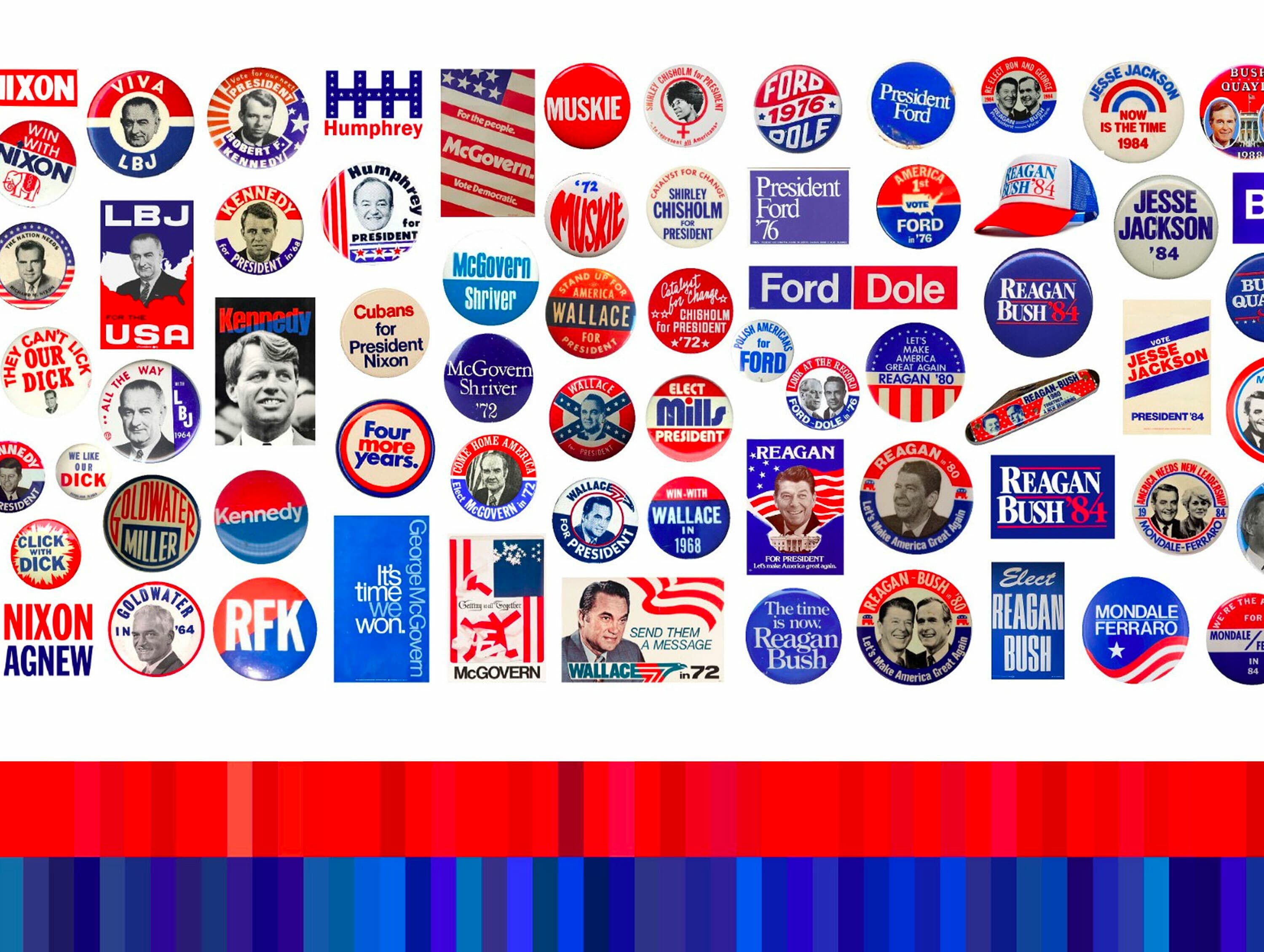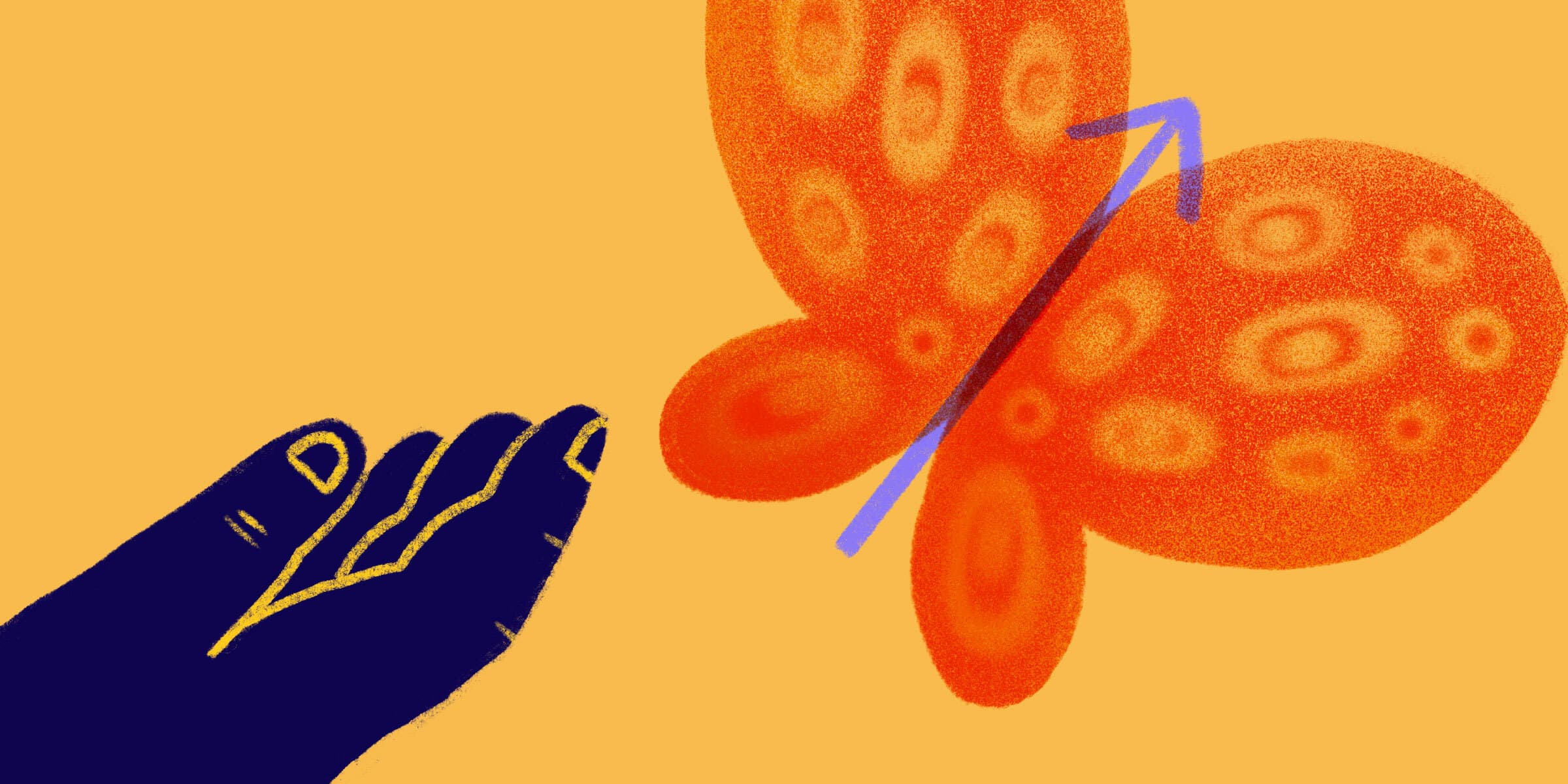By Rachel Crawford, Co-Founder of The Constellation Collective
Rachel has a Certification in Accessibility Core Competency (CPACC) from the International Association of Accessibility Professionals and consults with Hyperakt on matters of accessibility.
Accessibility fosters connection
For social justice-oriented organizations, connection drives change. Connecting the dots between issues, systems, and people. Connecting individuals to information and opportunities for action. Connecting with activists, peers, and funders. But connection is impossible if communications are inaccessible.
With up to 25% of the world’s population living with a disability, this is not a niche issue. For far too long, disability rights advocates have carried the burden of fighting for accessibility alone.
Addressing accessibility can feel daunting, but it must be done. It involves your entire organization, and means evolving the systems and work streams of the past. It requires collaborating with disabled people to build solutions instead of band-aids. But first, you have to start the conversation about accessibility within your organization.
There is no single human experience
Brands that care about accessibility understand that there is no singular human experience, and design for a myriad of personal and environmental circumstances. By distilling accessibility to a checklist, we rob ourselves of the opportunity for deeper understanding. Disabilities can be invisible, complex, and highly individual.
We also need to stop congratulating ourselves for striving to do the bare minimum. The ADA (Americans with Disabilities Act) and WCAG (Web Content Accessibility Guidelines) represent the baseline — not the pinnacle — of accessibility. Recently, accessibility has focused on WCAG, due to its focus on digital applications and related lawsuits. Yet the role of WCAG is primarily technical. It is not designed to guide thinking around ableist language, yet we know how important it is for inclusion. There are no success criteria about centered text, yet we know it is harder to read, particularly for people with dyslexia, low vision, or other learning disabilities. And WCAG 2.1(the most up-to-date version of WCAG) is the first version to center cognitive disabilities (e.g. attention deficit, autism, memory loss) in more success criteria.
These guidelines are useful tools, and we need them to create some structure around testing. But there is so much more to true accessibility and inclusion.

On the left is an accessibility fail: a curb cut and crosswalk interrupted by an inaccessible median. The image on the right is of “Enabling Village.” This is an inclusive community in Singapore, designed with the needs of disabled people top of mind. The colorful ramps with adequate guardrails are a sharp contrast to spaces with tacked-on accessibility.
Being intentional about accessibility
In our trainings, webinars, and conference presentations, we emphasize how important it is to consider accessibility from the beginning. Although the nonprofit sector has made strides to address historical imbalances in diversity, equity, and inclusion, accessibility awareness has lagged behind.
True, real-world accessibility spans every area of your brand and work and requires buy-in from all levels of the organization. It goes beyond colors, fonts, and captions. Organizations need to ask: How are different communities being represented in our work? How are we addressing the problem of “inspiration porn” where disabled people are only included to provide a feel-good story? How are we staying on top of discourse around inclusion and disability? How are we prioritizing internal audiences in addition to external ones? Prioritizing accessibility will likely begin with more questions than answers.

Disability advocates use an account called @ImageAltText to call out posts that lack alt-text (a short written description of an image, which makes sense of that image when it can’t be viewed). This announcement from designer and author Ellen Lupton about her new book “Extra Bold: a feminist, inclusive, anti-racist, non-binary field guide for graphic designers” is not inclusive.
Empowering everyone to contribute
While improving and maintaining accessibility absolutely requires expertise, many non-experts will need to join the effort as “accessibility champions.” Creating an accessibility statement, documentation, and tools, help include everyone. There are color contrast checkers (our favorite), plain language editors (we love Hemingway), and many other free tools.
One example is this alt-text decision tree, to help writers and content producers understand when and how to write and use alt-text. Because — spoiler alert — all images don’t need alt-text!

Is that a surprise? This example is a great demonstration of how basic knowledge (alt-text is important) can be enhanced by a tool (here’s how to implement it). In the case of alt-text, it’s important to consider the purpose of visuals when translating for low- or non-sighted users. Will a sighted user actually gain information, either literal or emotional, from the image? In that case, alt-text must provide a written equivalent. Or is it simply decorative, designed to create visual breathing room? If so, adding alt-text is actually detrimental to non-sighted users, as it distracts from valuable information elsewhere on the page.
Practical tools, integrated into existing workflows, help ensure materials don’t become less accessible in the creation lifecycle.
Creating culture change
Ultimately, like any issue of social justice, there are band-aid solutions and then there’s the work of real cultural change. Instead of thinking of it as an “extra” or an “add-on,” or, even worse, a cost center, we hope to inspire excitement around the prospect of righting a wrong.
Nonprofits and foundations have been at the forefront of addressing diversity, equity, and inclusion within their organizations, but many have not applied these principles to their communications — or addressed the unique needs of disabled people. Understanding how to make communications accessible to everyone, regardless of identity or ability, is how nonprofits and foundations can prove that accessibility and inclusion truly matter in their work. The bottom line?
Accessibility is not charity. Everyone should be equally able to participate in your content, period.
Are you ready to explore how your organization can be more intentional about centering accessibility? Get in touch with the Constellation Collective to learn more about their services, workshops and trainings. If you’re ready to build accessibility deep into your organization’s rebranding efforts, Hyperakt is ready to help.



